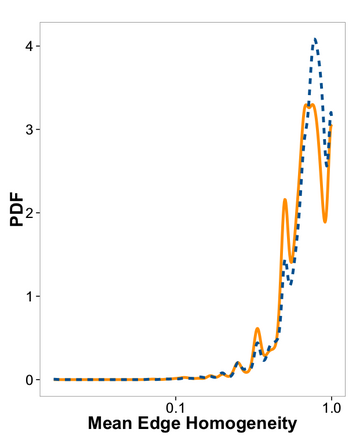
The authors identified 3 categories of Facebook pages: 1) about conspiracy theories 2) about science news and 3) troll pages (intentionally disseminating false information) as a sort of control sample. Then they downloaded public data from Facebook and analyzed them.
For both conspiracy theories and science news content homogeneity (and polarization) appears to be the primary driver for the diffusion. That means that users share content that fit in their narratives/system of beliefs (confirmation bias) and ignore everything else. This creates echo chambers.
What is different between conspiracy theories and science news is their cascades dynamics
“Science news is usually assimilated, i.e., it reaches a higher level of diffusion quickly, and a longer lifetime does not correspond to a higher level of interest. Conversely, conspiracy rumors are assimilated more slowly and show a positive relation between lifetime and size.”
Tags: Fake news and disinformation Social media Big dataThe content of this article can be used according to the terms of Creative Commons: Attribution-NonCommercial 4.0 International (CC BY-NC 4.0) . To do so use the the wording "this article was originally published on the Resource Centre on Media Freedom in Europe" including a direct active link to the original article page.

